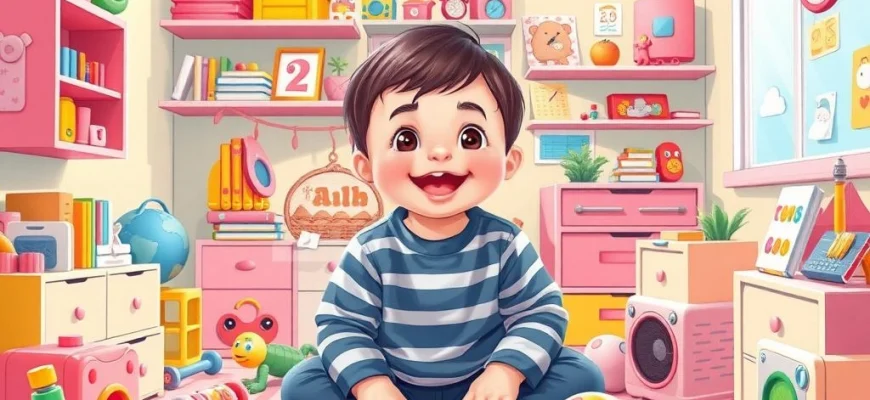If your little one loves 'BabyFirst Art Music Language and More (2007),' you're probably looking for similar shows that entertain and educate. This article highlights 10 fantastic alternatives that blend creativity, music, and early learning, perfect for keeping toddlers engaged while fostering their development.
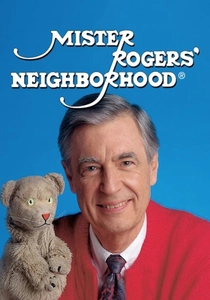
Mister Rogers' Neighborhood (1968)
Description: This gentle, slow-paced show focuses on emotional and social development, teaching kindness, empathy, and self-worth through direct address and simple, relatable stories. Its calm tone and focus on feelings make it a comforting experience for young children.
Fact: Fred Rogers composed all the songs for the show himself. The iconic sweater he wore on air was knitted by his mother.
 Watch Now
Watch Now 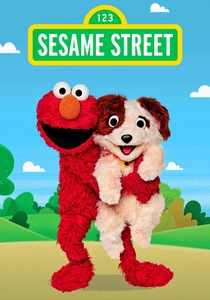
Sesame Street (1969)
Description: This show is designed to educate young children through engaging and interactive content, focusing on early learning concepts like numbers, letters, and social skills. It uses a mix of live-action, puppetry, and animation to create a vibrant and educational experience.
Fact: Sesame Street was the first children's show to use a curriculum with clear educational goals, shaped by extensive research on child development. The character Big Bird was originally conceived as a 'goofy country bumpkin' to make him relatable to kids.
 Watch Now
Watch Now 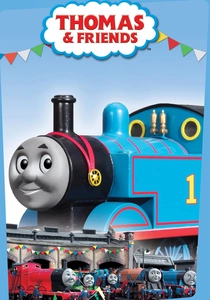
Thomas & Friends (1984)
Description: This series uses anthropomorphic trains to teach lessons about friendship, teamwork, and problem-solving. Its simple narratives and repetitive structure help reinforce social and moral lessons for young viewers.
Fact: The show is based on 'The Railway Series' of books by Reverend W. Awdry. The original Thomas the Tank Engine model was built in 1948 using scraps from a real locomotive.
 Watch Now
Watch Now 
Teletubbies (1997)
Description: This surreal, colorful show is designed for very young children, with simple language, repetitive actions, and bright visuals to stimulate early learning and sensory development. Its slow pace and focus on basic concepts make it ideal for toddlers.
Fact: The Teletubbies' antennae were designed to resemble those of old-fashioned televisions. The show's iconic baby face in the sun was actually a real baby filmed against a blue screen.
 Watch Now
Watch Now 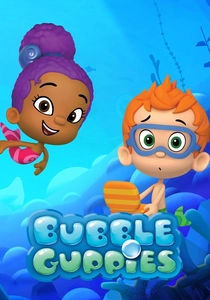
Bubble Guppies (2011)
Description: This animated series combines music, humor, and interactive elements to teach preschool concepts like math, science, and literacy. Its underwater setting and colorful characters create an engaging and imaginative learning environment.
Fact: The show was created by the same team behind 'Blue's Clues.' Each episode features an original song that ties into the educational theme of the day.
 Watch Now
Watch Now 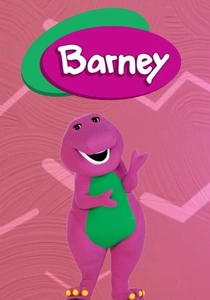
Barney & Friends (1992)
Description: This series uses music, dance, and imaginative play to teach social skills, emotional intelligence, and basic educational concepts. Its friendly, colorful characters and repetitive songs create a comforting and predictable environment for young children.
Fact: Barney was originally created as a series of home videos before becoming a TV show. The purple dinosaur's design was inspired by a combination of a Triceratops and a Stegosaurus.
 Watch Now
Watch Now 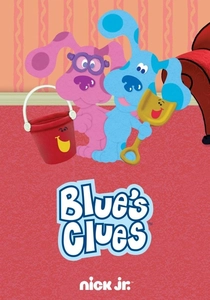
Blue's Clues (1996)
Description: This series encourages active participation from young viewers by posing questions and waiting for responses, fostering problem-solving and critical thinking skills. Its simple animation style and repetitive structure make it highly accessible for preschoolers.
Fact: Blue's Clues was groundbreaking for its use of pauses to allow children time to respond to questions. The show's host, Steve, wore the same green striped shirt in every episode to provide consistency for young viewers.
 Watch Now
Watch Now 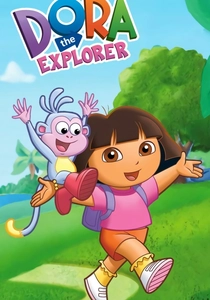
Dora the Explorer (2000)
Description: This interactive show teaches language skills, problem-solving, and cultural awareness through adventure-based storytelling. It breaks the fourth wall to engage children directly, making learning an active and immersive experience.
Fact: Dora the Explorer was one of the first children's shows to feature a Latina protagonist. The character Swiper the Fox was originally intended to be a female character named 'Sneaky.'
 Watch Now
Watch Now 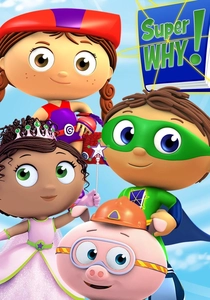
Super Why! (2007)
Description: This show uses classic fairy tales and interactive storytelling to teach early reading skills, vocabulary, and problem-solving. Its emphasis on literacy and book-based adventures makes learning to read fun and engaging for young children.
Fact: The show was developed with input from literacy experts to ensure its educational effectiveness. Each episode features a 'super letters' segment where children help solve a puzzle by identifying letters.
 Watch Now
Watch Now 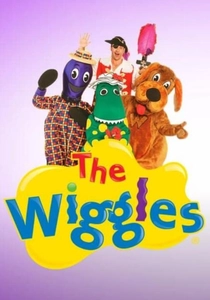
The Wiggles (1998)
Description: This musical group turned children's show uses catchy songs, colorful costumes, and energetic performances to teach basic concepts like counting, colors, and healthy habits. Its lively and repetitive format is perfect for engaging young audiences.
Fact: The original Wiggles members met while studying early childhood education at university. The group's signature song, 'Fruit Salad,' was written in just 10 minutes.
 Watch Now
Watch Now 
